If your cat is meowing or yowling non-stop, they’re not just being dramatic—there’s usually a reason behind all that chatter. It could be boredom, hunger, attention-seeking, or even a sign of pain or stress. Start by ruling out any medical issues with a vet visit, especially if the behavior is new or intense. Then, look at their environment—are they getting enough playtime and stimulation? Some cats respond well to puzzle feeders, window perches, or interactive toys. Stick to a consistent routine so your cat feels secure. And remember, don’t reward excessive meowing with treats or attention, or they’ll learn it works! With patience and observation, you can tone down the drama and enjoy some peaceful purring instead.
Understanding the Difference Between Meowing and Yowling
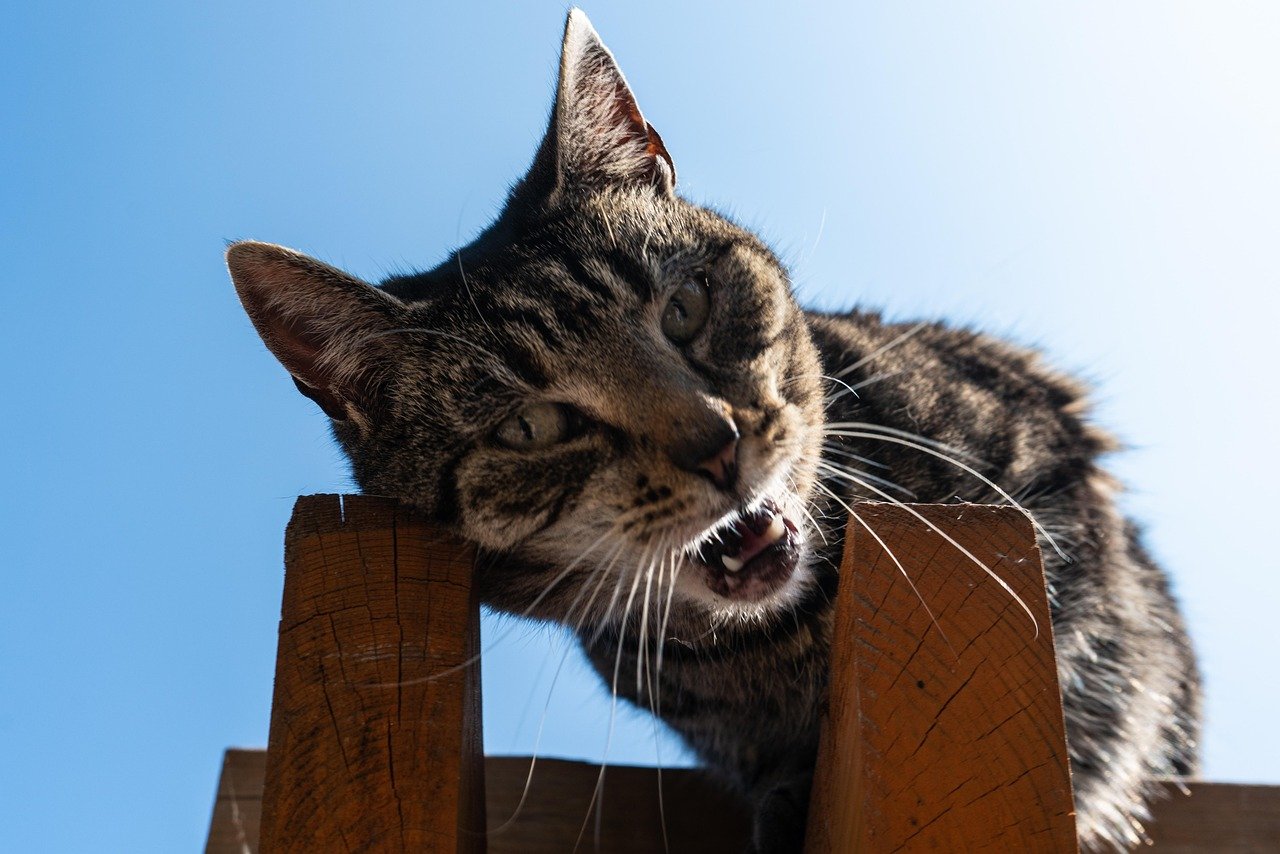
It’s easy to lump all cat noises together, but meowing and yowling are actually quite different. Meowing is usually a softer, shorter sound, and it’s often directed at people. Yowling, on the other hand, is a longer, louder, and more drawn-out sound that can be downright haunting. Cats use these vocalizations for different reasons, and knowing which one your cat is using can help you figure out what they want. If your cat is meowing, they might just be saying hello or asking for food. But if they’re yowling, it could signal distress, pain, or a deeper emotional need. Think of meowing as a gentle tap on your shoulder, and yowling as a full-blown alarm.
Identifying Medical Causes for Excessive Vocalization
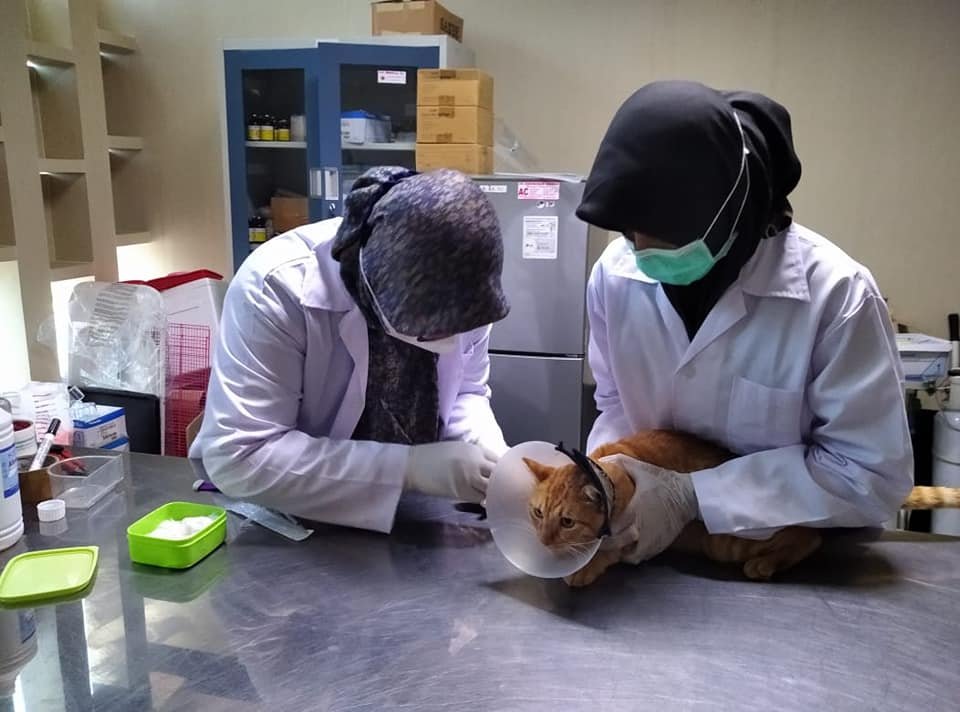
One of the first things you should do when your cat starts meowing or yowling excessively is consider their health. Medical issues like hyperthyroidism, high blood pressure, or even pain from arthritis can make cats more vocal. Older cats, in particular, may yowl due to confusion or discomfort caused by cognitive dysfunction syndrome, which is similar to dementia in humans. If your cat’s vocal habits change suddenly or come with other symptoms like weight loss, vomiting, or changes in appetite, it’s time to see the vet. Never ignore a new pattern of excessive noise—it could be your cat’s only way of telling you something’s wrong.
The Role of Attention-Seeking Behavior

Cats are clever creatures, and they quickly learn that making noise gets them noticed. If you rush to your cat every time they meow or yowl, you might accidentally be teaching them that being loud is the way to get your attention. Sometimes, cats just want playtime, cuddles, or even a treat. While it might be sweet at first, constant attention-seeking vocalization can quickly become exhausting. It helps to ignore the noise when you know all their needs are met, so they don’t learn to use their voice as a remote control for you. Instead, reward quiet behavior with affection or play so they associate silence with positive attention.
Addressing Hunger and Feeding Schedules

If your cat is meowing near their food bowl or at certain times of day, hunger could be the culprit. Cats are creatures of habit, and they’ll quickly remind you if you’re late for dinner. Some cats even start “singing” hours before mealtime, especially if they’re used to being fed on a strict schedule. To calm the chaos, try using an automatic feeder so meals happen on time, every time. You can also break meals into smaller, more frequent servings to keep your cat satisfied. Remember, though, overfeeding can lead to obesity, so stick to your vet’s recommendations about portion size.
Dealing With Loneliness and Separation Anxiety
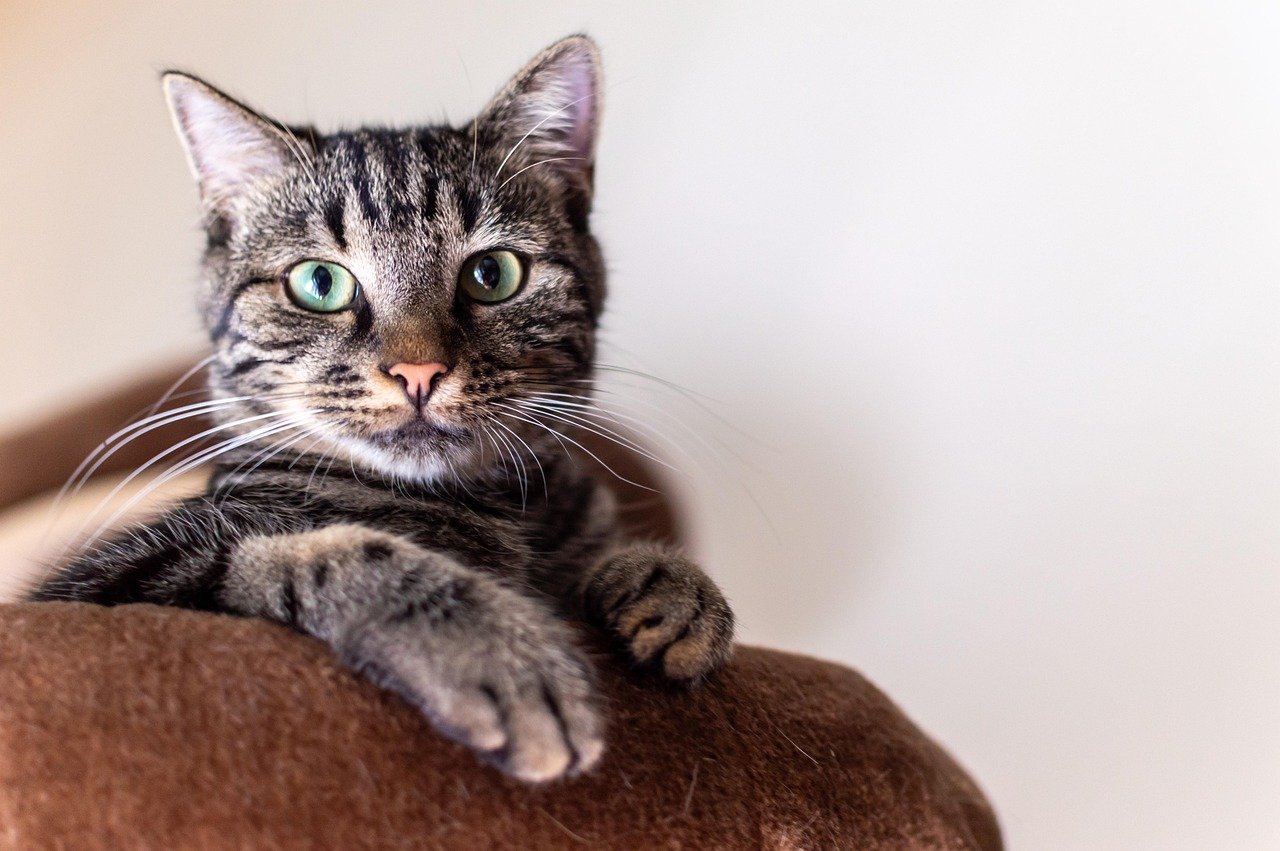
Believe it or not, cats can feel lonely—especially if you’re out of the house for long stretches. Some cats use meowing or yowling to express their sadness or anxiety when you’re gone. You might notice this most right after you leave or just before you come home. Providing toys, interactive feeders, or even a second cat for company can help reduce vocalizations caused by loneliness. You can also leave the radio or TV on for background noise, which might be comforting. Spending quality time with your cat when you’re home can also go a long way in making them feel secure.
Examining Environmental Stress and Changes
Cats are surprisingly sensitive to changes in their environment. Moving to a new home, bringing in a new pet, or even rearranging the furniture can trigger a feline freak-out. Stress can make cats more vocal as they try to communicate their discomfort. To help your cat adjust, introduce changes gradually and provide plenty of hiding spots and safe spaces. Pheromone diffusers, like those that mimic the calming scent produced by mother cats, can help soothe a stressed-out kitty. The more stable and predictable their environment, the quieter they’re likely to be.
Addressing Mating and Territorial Calls

Unspayed or unneutered cats are notorious for their loud, persistent yowling, especially during mating season. Female cats in heat produce a unique, drawn-out yowl to attract males, while unneutered males may yowl to mark their territory or respond to the females’ calls. This type of vocalization can be relentless and often leads to sleepless nights for everyone in the house. The most effective solution? Spaying or neutering your cat. Not only will this help with the noise, but it will also prevent unwanted litters and reduce the risk of certain health issues.
Responding to Age-Related Cognitive Decline
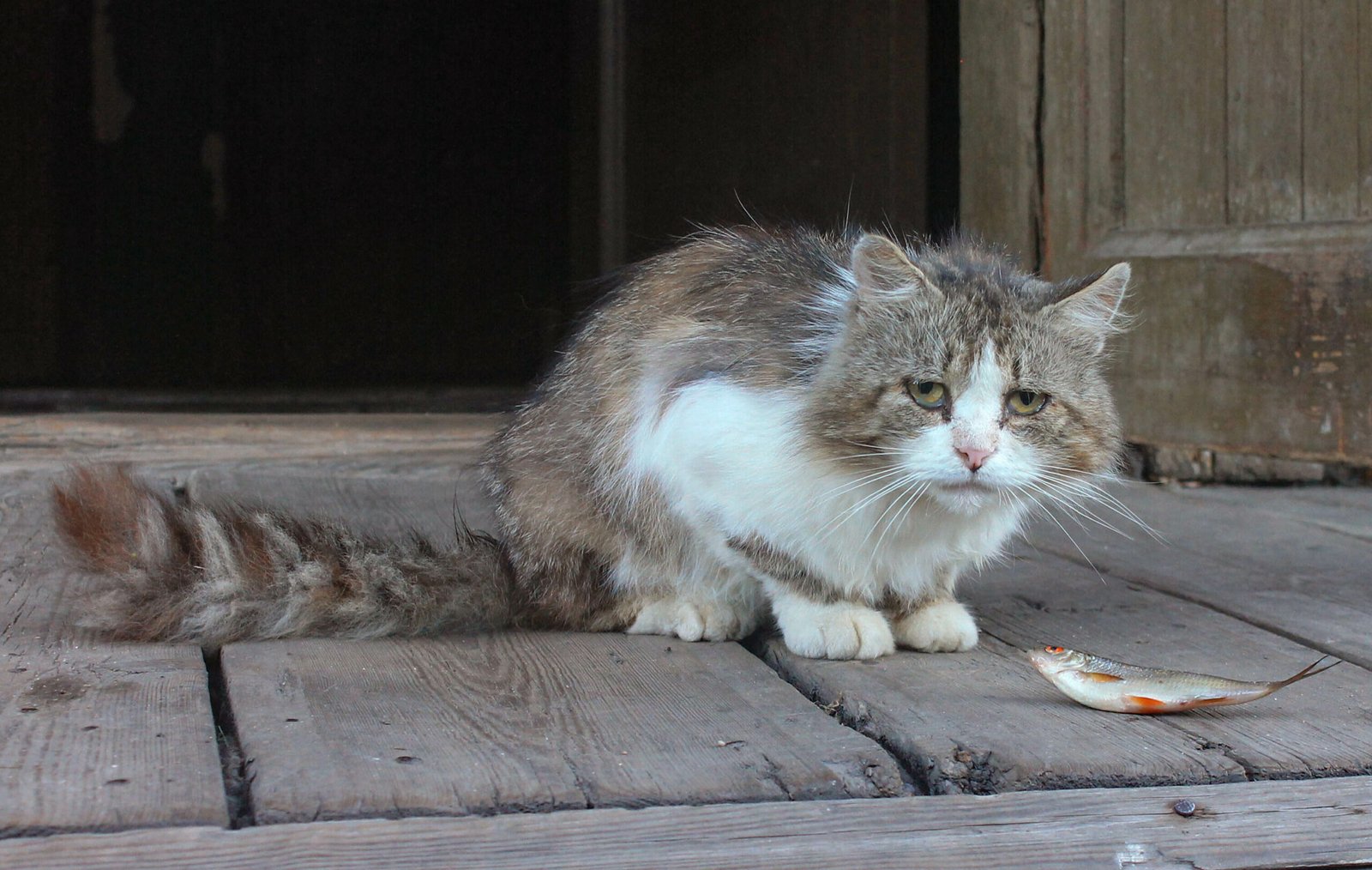
As cats age, they may experience cognitive decline that leaves them confused or disoriented. This can lead to increased vocalization, particularly at night. Your senior cat might yowl because they’re lost in their own home or anxious about being alone. Providing extra comfort, keeping a consistent routine, and using nightlights can help reassure an elderly cat. Your vet may also recommend supplements or medications to support cognitive health. Be patient—aging is tough for everyone, and your cat needs extra love during this stage of life.
Managing Nighttime Meowing
There’s nothing quite like being jolted awake at 3 a.m. by a cat on a vocal rampage. Nighttime meowing is a common complaint among cat owners, especially those with active or bored pets. Cats are naturally crepuscular, meaning they’re most active at dawn and dusk. If your cat is waking you up, try increasing playtime before bed to tire them out. Puzzle feeders can also keep them occupied during the night. Resist the urge to respond—giving in only teaches them that making noise gets your attention, even in the middle of the night.
Training Techniques to Curb Excessive Vocalization
Training a cat to be quiet might sound like a fantasy, but it’s possible with patience and consistency. Start by ignoring unwanted meowing and rewarding your cat when they’re quiet. You can use treats, petting, or play as rewards. Avoid yelling or punishing your cat—this can make the problem worse or damage your bond. Clicker training is another effective method, where you use a clicker and treat to reinforce quiet behavior. Remember, change takes time, and every cat learns at their own pace.
Using Enrichment to Prevent Boredom
A bored cat is a noisy cat. When cats don’t have enough mental or physical stimulation, they may resort to vocalizing just to pass the time. Enrichment can be as simple as rotating their toys, providing scratching posts, or setting up a window perch for bird watching. Interactive toys and puzzle feeders challenge their minds and keep them engaged. Even a cardboard box or paper bag can be a source of endless entertainment. The more you enrich your cat’s environment, the less likely they are to meow out of boredom.
When to Seek Professional Help
If you’ve tried everything and your cat is still excessively vocal, don’t be afraid to ask for help. A veterinary behaviorist or experienced cat trainer can work with you to uncover the root cause and develop a tailored plan. Sometimes, underlying behavioral issues are complex and require an expert’s touch. Remember, seeking help is a sign of love and dedication to your cat’s well-being. You don’t have to solve everything on your own.
Myths and Misconceptions About Cat Vocalization
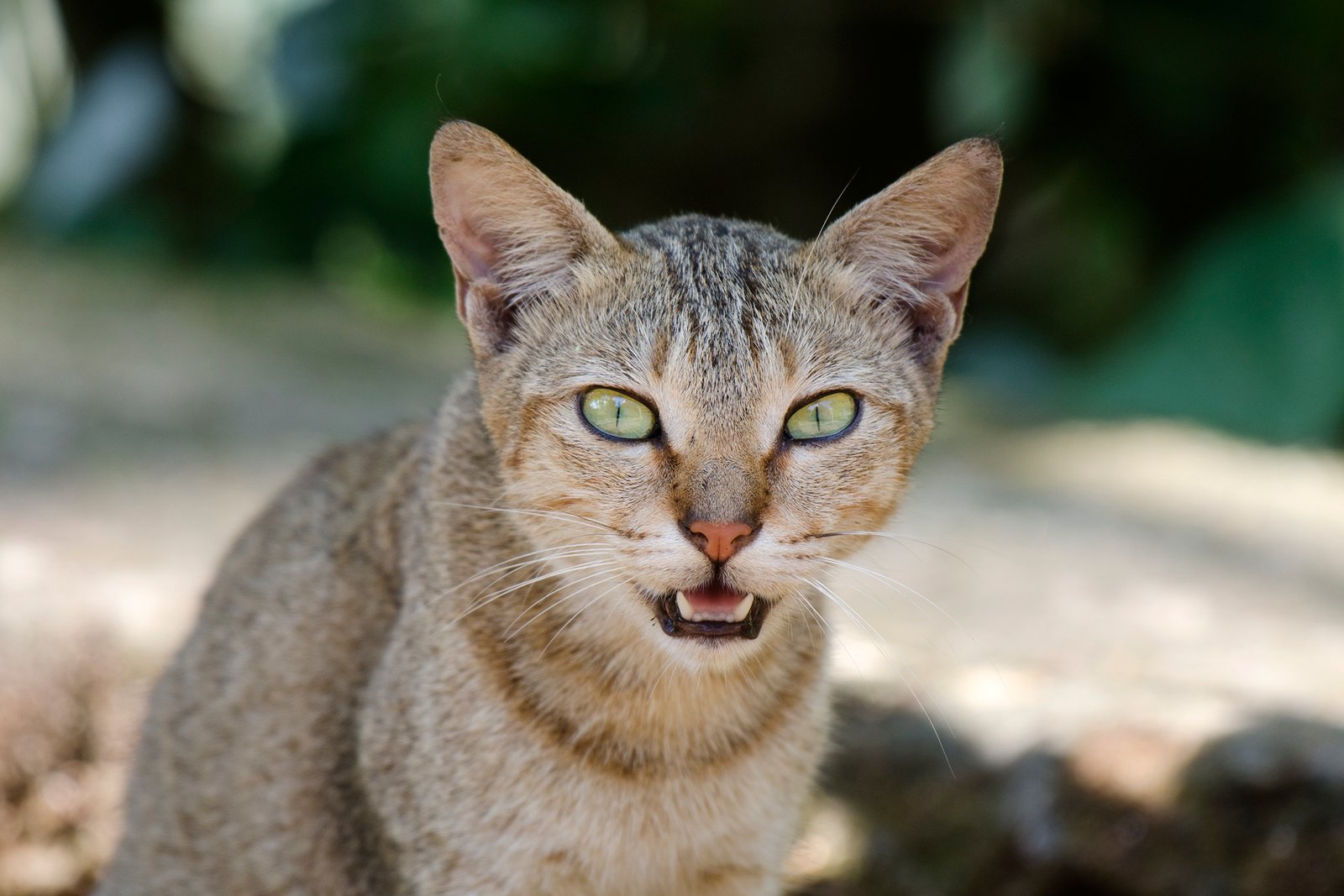
There are plenty of myths out there about why cats meow or yowl. Some people think cats are just being “dramatic” or manipulative, but that’s rarely the case. Every meow and yowl is a form of communication—a way for your cat to express a need or feeling. It’s important to listen and observe, rather than dismiss the noise as “just being a cat.” Understanding the real reasons behind excessive vocalization is the key to building a better relationship with your feline friend.
Managing excessive meowing takes a mix of patience, understanding, and a little detective work. Once you identify the cause—whether it’s boredom, hunger, or something medical—you can take steps to calm the chatter. Your cat isn’t just being noisy; they’re trying to tell you something. Tune in, respond wisely, and you’ll both enjoy a quieter, happier home.

Linnea is a born and bred Swede but spends as much time as possible in Cape Town, South Africa. This is mainly due to Cape Town’s extraordinary scenery, wildlife, and atmosphere (in other words, because Cape Town is heaven on earth.) That being said, Sweden’s majestic forests forever hold a special place in her heart. Linnea spends as much time as she can close to the ocean collecting sea shells or in the park admiring puppies.





